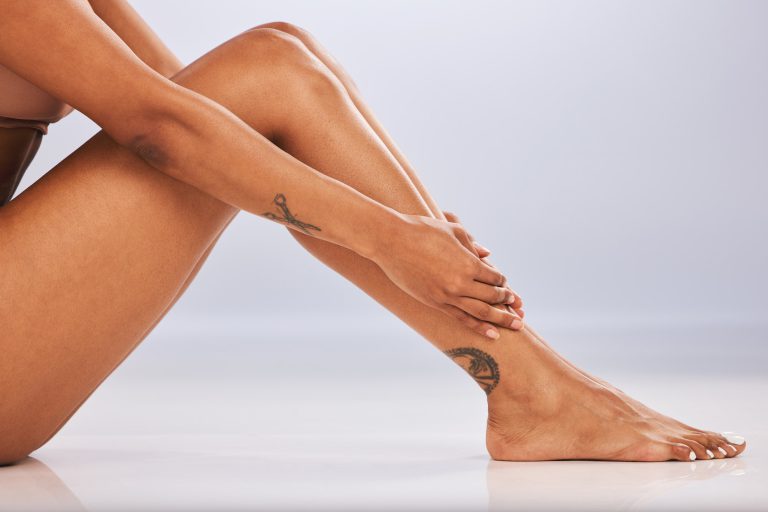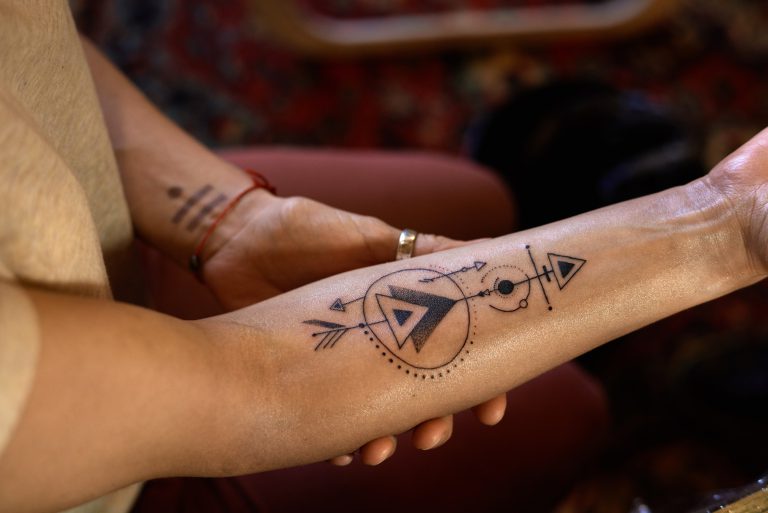Unveiling the fascinating history of tattoo removal treatments sheds light on the evolution of this practice. From ancient techniques involving abrasive substances to modern laser technology, the journey of removing unwanted ink spans centuries. Today, advancements in dermatology offer efficient and safe solutions for those seeking to erase their tattoos. Understanding the historical context behind tattoo removal treatments provides insight into the innovation and progress that have shaped this field.
Key Takeaways
- Consider laser tattoo removal for a safe and effective option, targeting specific ink colors with minimal scarring.
- Surgical tattoo removal may be necessary for deep or stubborn tattoos, but be aware of potential scarring and longer recovery times.
- Dermabrasion technique can help fade tattoos gradually by removing layers of skin, requiring multiple sessions for desired results.
- Prioritize safety by understanding the risks associated with tattoo removal procedures and ensuring proper aftercare to prevent complications.
- When preparing for a tattoo removal procedure, follow pre-procedure guidelines provided by your practitioner to optimize the outcome.
- Find a qualified practitioner with experience in tattoo removal to ensure a successful and safe procedure.
Overview of Tattoo Removal
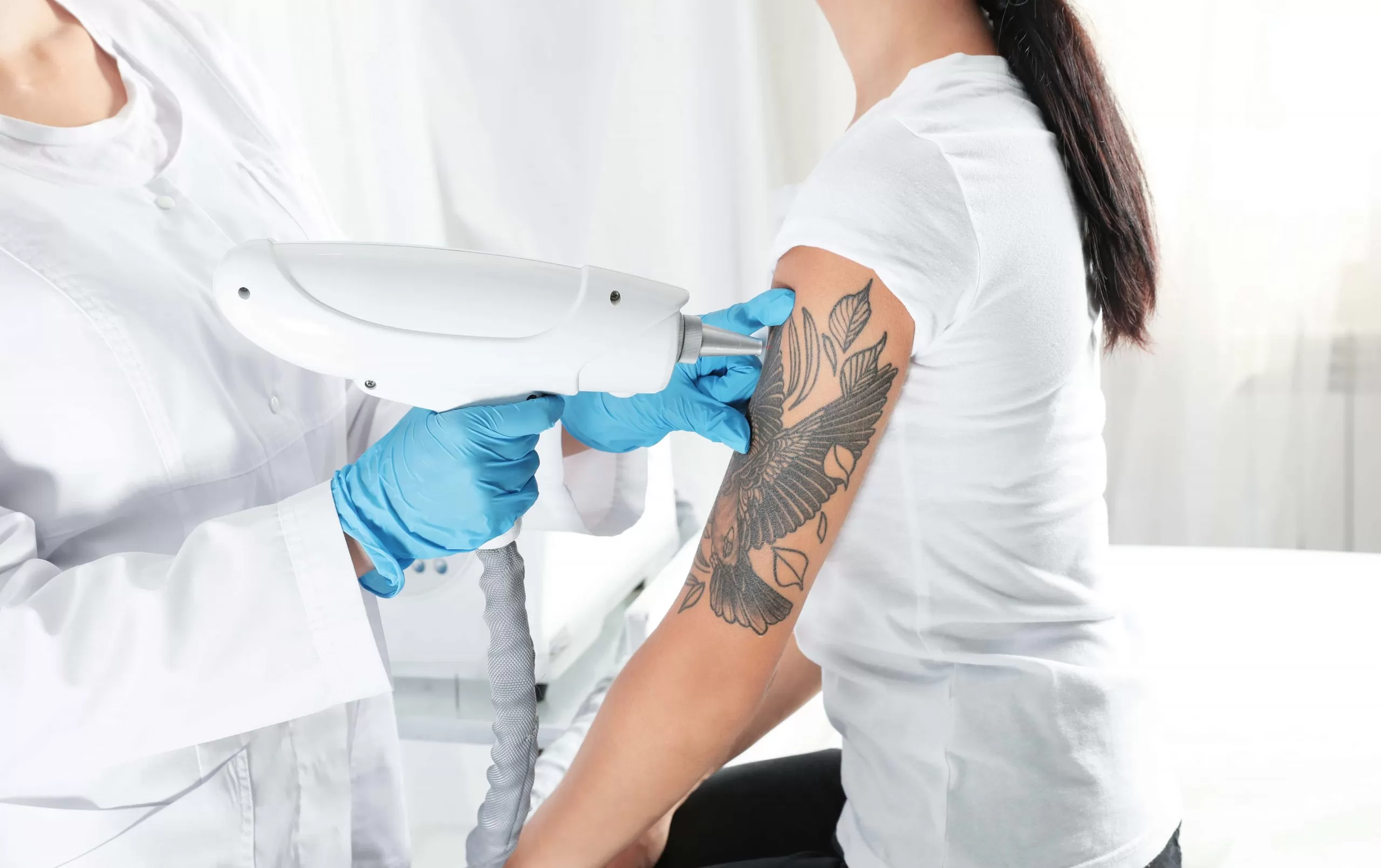
Types of Treatments
- Laser surgery, surgical removal, and dermabrasion are common methods for removing tattoos.
- Laser surgery is the most popular technique due to its precision in targeting ink pigments.
- Surgical removal involves cutting out the tattooed skin and stitching the remaining skin together.
- Dermabrasion utilizes a rotating device to sand the outer layers of the skin where the tattoo is located.
- Laser surgery is preferred for its minimal scarring, while surgical removal may leave more visible marks.
Why Remove Tattoos
- Individuals often seek tattoo removal due to regret or dissatisfaction with the tattoo’s appearance.
- Medical necessity for tattoo removal can arise from allergic reactions or infections caused by the ink.
- Emotional factors like changes in personal beliefs or relationships can also prompt tattoo removal decisions.
- Dissatisfaction with a tattoo’s quality or design may lead to seeking removal options.
Expected Results
- Realistic expectations are crucial as complete tattoo removal may not always be possible.
- Scarring and skin discoloration are potential outcomes post-treatment, varying based on skin color.
- Incomplete removal may occur, especially with multicolored tattoos or deep ink penetration.
- Skin texture irregularities can result from the removal process, affecting the overall appearance.
Laser Tattoo Removal
How Laser Works
Laser tattoo removal utilizes high-intensity light beams to break down tattoo ink particles within the skin. These powerful pulses of light penetrate the skin and are absorbed by the tattoo ink, shattering it into tiny fragments. The body’s immune system then naturally eliminates these fragmented ink particles over time.
The effectiveness of laser technology lies in its ability to target specific ink colors through different wavelengths. Each color absorbs light at a different wavelength, allowing lasers to selectively treat each color without affecting surrounding skin. This precision ensures that only the tattoo pigments are disrupted while minimizing damage to the surrounding tissue.
Steps in Laser Process
Before undergoing laser tattoo removal, patients undergo a consultation to assess their skin type and tattoo characteristics. Preparation steps involve protecting the skin with a cooling gel or numbing cream to minimize discomfort during the procedure. Local anesthesia may also be applied to further reduce pain.
During the procedure, the laser is passed over the tattooed area, emitting short pulses of light that target the ink particles. Patients may experience a sensation similar to rubber band snaps during this process. Afterward, post-procedure care instructions are provided, including keeping the treated area clean and protected from sun exposure to aid in healing.
Multiple Sessions Needed
Achieving complete tattoo removal typically requires multiple laser sessions due to the nature of ink absorption and dispersion. Factors such as tattoo size, ink depth, ink colors, and skin type influence the number of sessions needed for satisfactory results. Patients must understand that spacing out sessions allows the skin to heal properly between treatments.
- Pros:
- Precise targeting of specific ink colors.
- Minimized damage to surrounding skin tissue.
- Cons:
- Multiple sessions can be time-consuming.
- Complete removal may not always be possible for certain tattoos.
Surgical Tattoo Removal
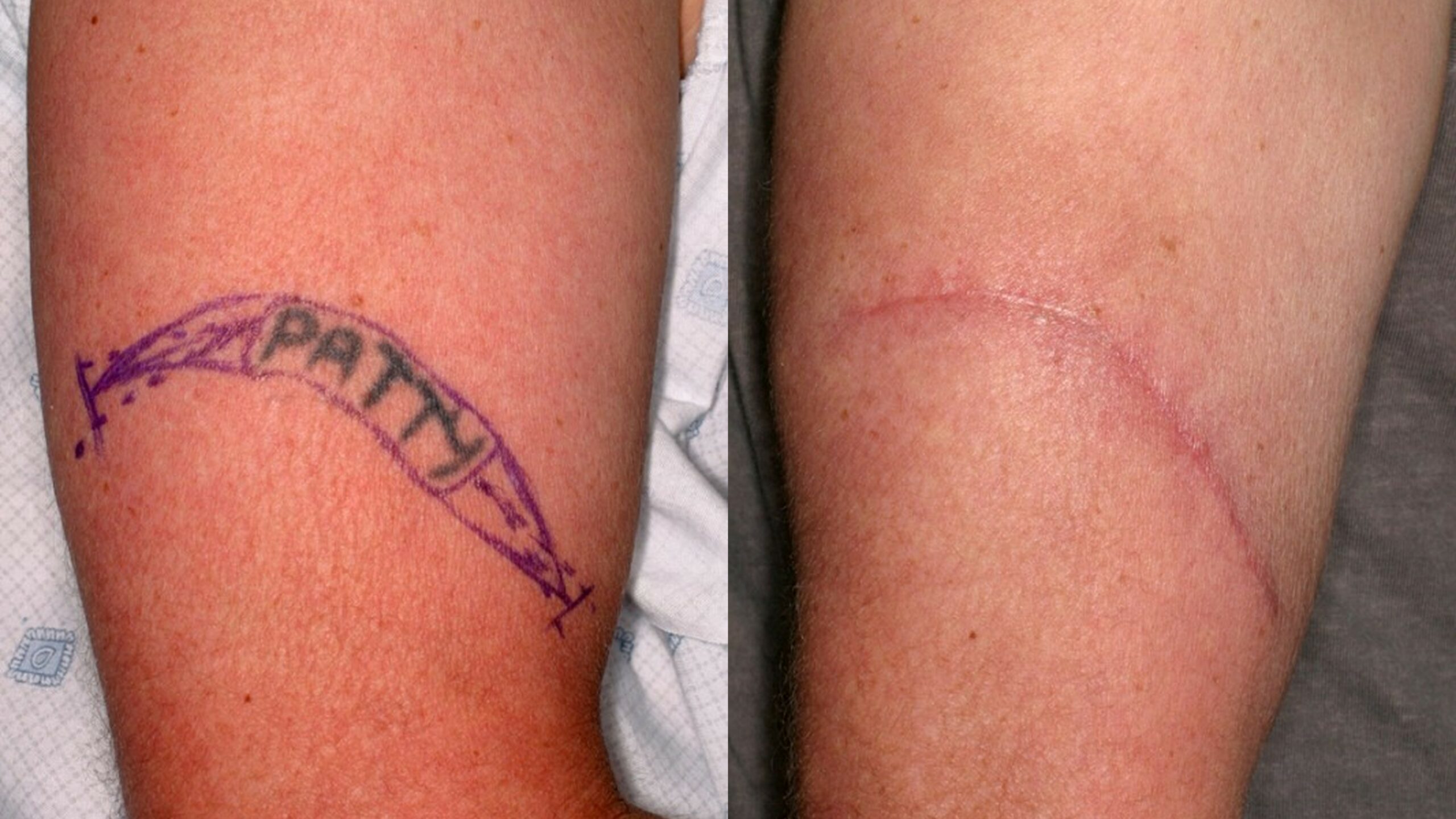
Procedure Explained
The surgical tattoo removal process involves a series of steps to eliminate an unwanted tattoo. Initially, the surgeon marks the area to be excised, considering factors like the original tattoo application and skin condition. Then, using a scalpel, the surgeon removes the tattooed skin layer by layer until reaching the healthy skin beneath.
Anesthetics are administered to numb the area before the procedure begins, ensuring patient comfort throughout. Patients may experience sensations like mild discomfort or tingling during the process, which is normal. The surgical method is most effective for small tattoos or specific areas where other techniques might not yield satisfactory results.
When to Choose Surgery
Opting for surgical removal is ideal in scenarios where the tattoo is deep-seated or when the ink pigments are resistant to other methods. The primary advantage lies in its ability to target specific areas precisely, making it suitable for intricate designs. However, this method may result in scarring and require a longer recovery time compared to non-invasive procedures.
Consulting with a professional is crucial when deciding on surgical removal. They can provide insights into the advantages and disadvantages of surgery over alternatives like laser removal. Professionals can also assess individual cases to determine the most appropriate approach based on factors such as tattoo size, location, and skin type.
Recovery Time
After undergoing surgical tattoo removal, patients typically require a recovery period ranging from 2 to 4 weeks. Factors like skin sensitivity and overall health can influence how quickly one heals post-procedure. It’s essential to follow post-operative care instructions diligently to minimize complications and promote optimal healing.
To manage recovery effectively, individuals should keep the treated area clean and dry to prevent infections. Applying prescribed ointments and keeping the skin protected from sunlight are also vital for proper healing. Regular follow-up appointments with healthcare providers help monitor progress and address any concerns promptly.
Dermabrasion Technique
How Dermabrasion Works
Dermabrasion, a technique used in tattoo removal, involves sanding the skin to remove tattoo ink. This process targets the superficial and middle layers of the skin where the tattoo pigment resides. Unlike other methods like laser removal, dermabrasion physically sands off the skin layers containing the tattoo ink.
Ideal Candidates
Individuals ideal for dermabrasion are those with healthy skin and tattoos located on areas suitable for treatment. Skin type plays a crucial role, with lighter skin tones responding better to dermabrasion. Candidates with shallow tattoos or older ink tend to have more successful outcomes.
- Pros:
- Effective for removing deep-seated tattoos
- Suitable for various skin types
- Cons:
- May require multiple sessions for complete removal
- Potential scarring and changes in skin texture
Recovery and Care
After dermabrasion, it is vital to follow specific care practices to ensure proper healing. Keeping the treated area clean and moisturized aids in the recovery process. Avoiding direct sun exposure and refraining from picking at scabs are crucial to prevent complications.
- Essential care practices during recovery:
- Apply prescribed ointments to aid healing
- Keep the treated area covered to protect it from infection
- Activities to avoid post-treatment:
- Swimming or soaking in water
- Excessive physical exertion that may irritate the treated area
Risks and Safety
Potential Complications
- Infection: One of the common complications post-tattoo removal is infection, indicated by redness, swelling, and pus at the site.
- Scarring: Scarring may occur, especially with aggressive removal methods like surgical excision or dermabrasion.
- Allergic Reactions: Some individuals might experience allergic reactions to tattoo removal chemicals.
Watch for signs such as excessive pain, prolonged redness, or unusual discharge after the procedure. Seek immediate medical attention if you notice any concerning symptoms.
Safety of Laser Removal
- Laser tattoo removal is generally safe when performed by trained professionals using FDA-approved devices.
- Practitioners should undergo specific training to operate lasers safely and effectively.
- The use of FDA-approved equipment ensures standardized safety measures during the procedure.
Ensure that your practitioner has the necessary qualifications and experience before undergoing laser tattoo removal. Verify the clinic’s credentials and ask about their safety protocols.
Minimizing Risks
- Consultation: Before starting the treatment, have detailed discussions with your provider about potential risks and outcomes.
- Pre-and Post-Care: Follow the recommended pre-and post-care instructions to minimize the risk of complications.
- Sun Protection: Protect the treated area from sun exposure to prevent adverse reactions like hyperpigmentation.
Preparing for Your Procedure
Initial Consultation
During the initial consultation for tattoo removal, expect a detailed discussion about your medical history and the specifics of your tattoo. This step is crucial as it helps the practitioner assess the tattoo’s complexity and tailor the treatment accordingly. Openly discussing your goals and concerns with the practitioner is vital for a successful outcome.
Pre-Procedure Tips
To prepare for a tattoo removal procedure, avoid sun exposure before the appointment to prevent skin sensitivity. It’s essential to disclose any medications you are taking as some may interfere with the treatment process. Patients should feel empowered to ask questions and seek clarification from the practitioner to alleviate any anxieties.
What to Bring
When heading to your tattoo removal appointment, remember to bring along important documents such as your medical history and consent forms. Comfort items like headphones or a stress ball can help ease any anxiety during the procedure. Having these items on hand creates a more relaxed atmosphere for both you and the practitioner.
Post-Procedure Care
Immediate Aftercare
Right after tattoo removal, it’s crucial to follow specific steps for optimal healing. Firstly, keep the area clean by gently washing it with mild soap and water. Avoid scrubbing to prevent irritation. Next, apply an antibiotic ointment and cover the area with a sterile bandage to protect it from external contaminants. Monitor the site closely for any unusual changes such as excessive redness, swelling, or pus formation.
Pain management is essential during this period. Over-the-counter pain relievers can help alleviate discomfort. avoid exposing the treated area to direct sunlight or harsh chemicals. Refrain from picking at scabs that may form, as this can lead to scarring and infection. Proper dressing care will aid in preventing complications and promoting faster healing.
Long-term Care Tips
Post-removal, prioritize skin health with long-term care practices. Apply sunscreen daily to shield the area from harmful UV rays that can cause pigmentation changes. Moisturizing the skin regularly helps maintain its elasticity and hydration levels. It’s advisable to opt for fragrance-free products to minimize irritation.
Regular follow-ups with your practitioner are beneficial for monitoring skin recovery progress. These visits enable professionals to assess the healing process, address any concerns promptly, and provide additional recommendations if needed. Stay vigilant about any changes in the treated area and seek medical advice if there are persistent issues.
Signs of Infection
Recognizing signs of infection post-tattoo removal is crucial for timely intervention. Symptoms such as increased pain, warmth around the area, or a foul-smelling discharge may indicate an infection. Red streaks extending from the site and fever are also warning signs that should not be ignored.
Early detection of infection is paramount for effective treatment and preventing complications. Patients must promptly contact their healthcare provider if they experience any concerning symptoms. Timely medical attention can help address the infection before it progresses and ensure a smooth recovery process.
Finding a Qualified Practitioner
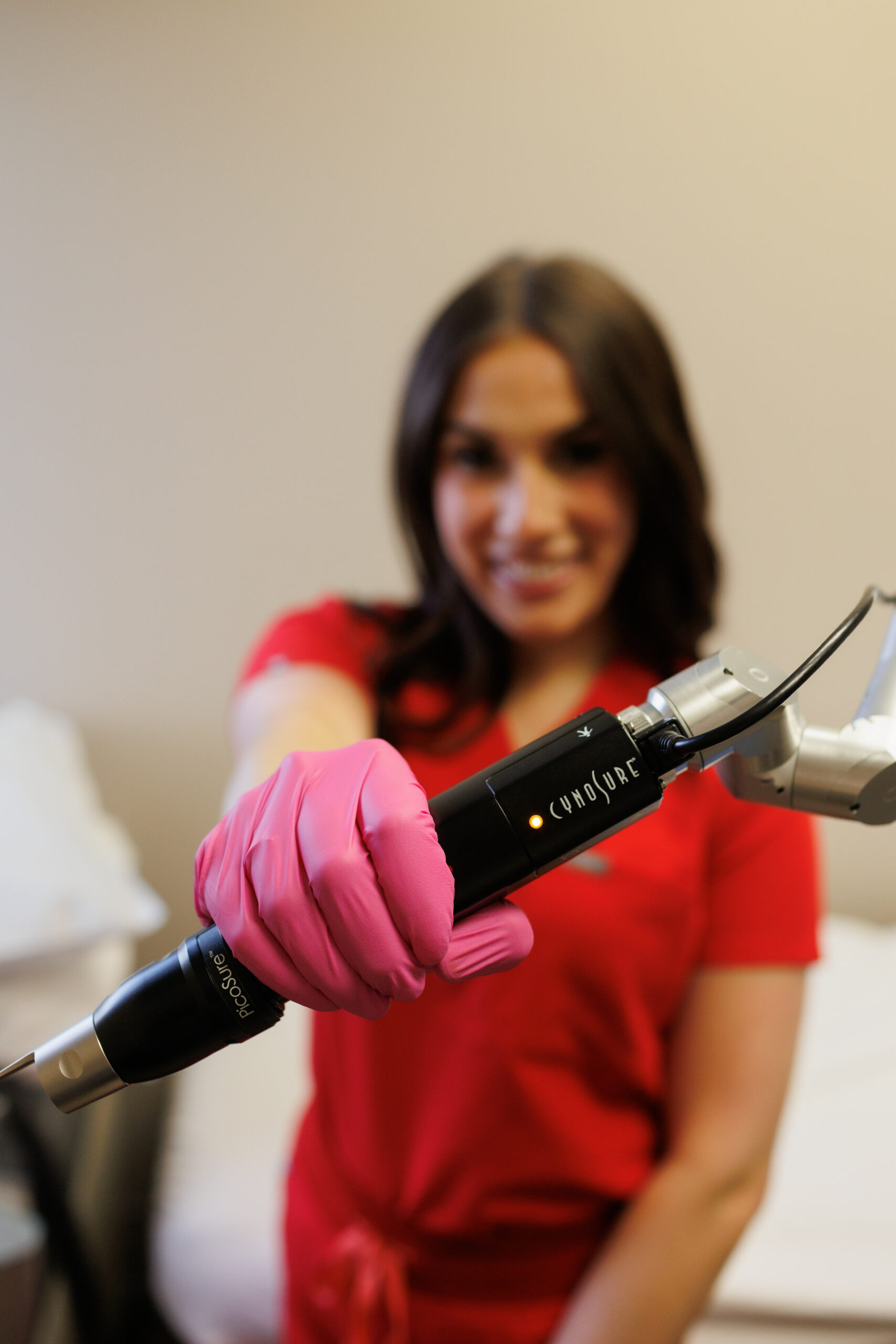
Credentials to Look For
When seeking a tattoo removal specialist, ensure they hold relevant certifications and licenses. Verify their training in laser technologies.
Consider the experience of the practitioner in performing tattoo removal procedures. Experience plays a crucial role in achieving successful outcomes.
Research the practitioner’s background and reviews from previous patients. Positive feedback indicates a reliable and skilled professional.
Questions to Ask
During the consultation, inquire about the procedure details, such as the number of sessions required for complete removal.
Ask about the expected outcomes and potential side effects post-treatment. Understanding these aspects helps manage expectations.
Discuss the costs involved in the procedure and inquire about payment options available. Clarity on financial aspects is essential for planning.
Checking Reviews
Online reviews and testimonials offer valuable insights into the quality of tattoo removal services. Reviewing these can help gauge patient satisfaction levels.
Patient experiences shared in reviews provide a glimpse into what to expect during the tattoo removal process. Real-life examples aid in decision-making.
Seek recommendations from friends or family who have undergone tattoo removal. Personal referrals often lead to trustworthy practitioners.
Final Remarks
In your quest for tattoo removal treatments, you’ve explored various methods like laser removal, surgical procedures, and dermabrasion techniques. Understanding the risks involved, preparing adequately, and finding a qualified practitioner are crucial steps in this journey. Remember, your safety and well-being should always be a top priority.
As you move forward, make informed decisions based on what you’ve learned. Prioritize your skin’s health and seek reputable professionals for any tattoo removal procedure you opt for. Your diligence in research and preparation will ensure a smoother experience and better results. Take the necessary steps to care for your skin post-procedure and follow any advice given by your practitioner. Your commitment to these guidelines will contribute to a successful tattoo removal process.
Frequently Asked Questions
What is the most common method for tattoo removal?
Laser tattoo removal is the most common method due to its effectiveness and minimal scarring. It works by breaking down the ink particles in the skin using high-intensity light beams.
How many sessions are typically required for laser tattoo removal?
The number of sessions needed for laser tattoo removal varies based on factors like tattoo size, ink colors, and skin type. On average, 5-10 sessions are required for complete removal.
Is tattoo removal a painful procedure?
While pain tolerance varies among individuals, most people describe laser tattoo removal as feeling like tiny rubber band snaps on the skin. Topical numbing creams can be used to minimize discomfort during the procedure.
What are the potential risks associated with tattoo removal treatments?
Common risks include temporary skin discoloration, scarring, infection, and changes in skin texture. Choosing a qualified practitioner and following post-procedure care instructions can help minimize these risks.
Can all tattoo colors be removed effectively with laser treatment?
Laser tattoo removal is effective for most ink colors, but some shades like green and yellow may require more sessions. Consult with a skilled practitioner who can assess your tattoo and provide personalized treatment recommendations.
Not what you were looking for? Fading Regrets also offers the following services:
Expert Laser Tattoo Removal
Permanent Makeup Removal
Fading for Cover-Ups
Fading Regrets’ Top Resources on Tattoo Removal:
Complications of Tattoos
Health Canada on Cosmetic Laser Treatments
Tattoo Removal – MyHealth Alberta
Updated Guide on Laser Tattoo Removal
